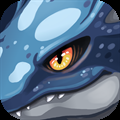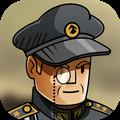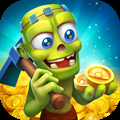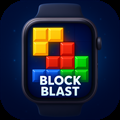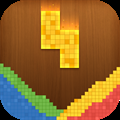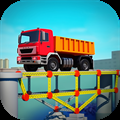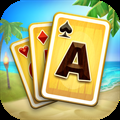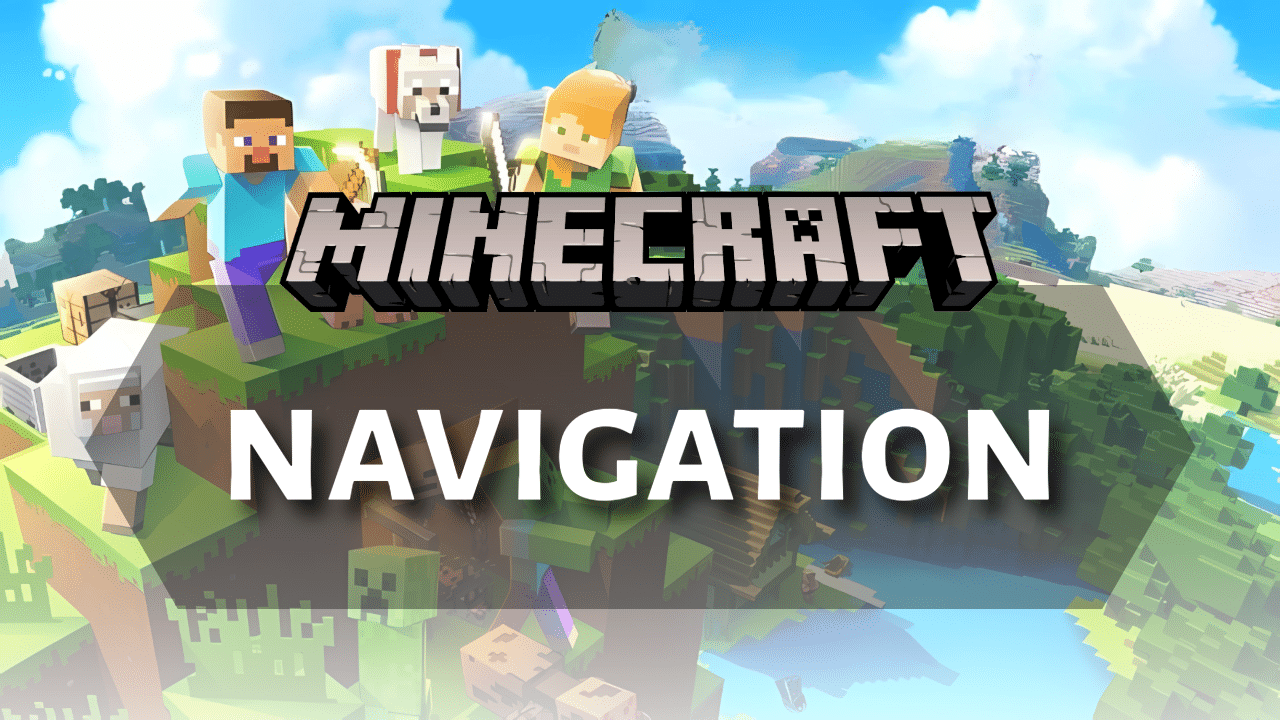
Introduction
Navigating the expansive world of Minecraft Bedrock Edition is a crucial skill for any explorer. Whether you are searching for resources, building a new base, or simply venturing into the unknown, knowing how to find your way is essential to your survival and enjoyment of the game. This Minecraft Bedrock Navigation Guide will cover several methods and tools available in Bedrock Edition to help you navigate effectively.
Understanding Coordinates
One of the most precise methods of navigation in Minecraft Bedrock Edition is using coordinates. In Bedrock Edition, you can enable the display of your current X, Y, and Z coordinates within the game settings of your world. The world origin is the point where both the X and Z coordinates are 0. Coordinates are measured in blocks from this origin, with positive X values indicating east, negative X values indicating west, positive Z values indicating south, and negative Z values indicating north.
The world spawn point is where you first appear in a new world and where your compass will always point in the Overworld. While the world spawn is often located within a few hundred blocks of the world origin (0,0), it is not always exactly at that position unless it happens by chance in your world. You can find your world spawn by simply using a compass.
Knowing the Y coordinate is essential for determining your vertical position. The sea level is at Y level 63. For resource hunting, it’s useful to know that diamonds are commonly found below Y level 16, specifically between Y levels 1 and 15.
For advanced navigation, especially when using Nether portals, understanding the coordinate relationship between the Overworld and the Nether is important. Every 8 blocks traveled in the Overworld corresponds to 1 block in the Nether. Therefore, if you have coordinates for a location in the Overworld, you can divide the X and Z coordinates by 8 to find the approximate corresponding coordinates in the Nether for linking portals.
The most personally useful coordinates are those of your main base and any other locations of interest that you may want to return to, such as valuable resource veins, unique biomes like a badlands or lush caves, or significant structures like villages or temples. Recording the X and Z coordinates of these locations is crucial for direct navigation. In Bedrock Edition, you can always see your coordinates if you enable the option in the world settings.
Badlands
Lush Cave
Village
Temple
Previous NextBy keeping track of your coordinates and using them in combination with other navigation techniques, you can efficiently explore and traverse the vast landscapes of Minecraft Bedrock Edition.
Using Directional Guides
Even without relying on numerical coordinates, Minecraft provides natural directional cues. The sun and the moon always rise in the east and set in the west.
Observing their movement across the sky can give you a general sense of direction. Additionally, clouds consistently drift from east to west. Paying attention to these celestial and atmospheric movements can aid in maintaining your orientation above ground.
Employing the Compass
The compass is a crafted item that can guide you back to your world spawn point. The red needle of the compass will always point towards this initial spawn location, regardless of your current position on the surface or underground in the Overworld. However, it is important to note that compasses do not function in the Nether or the End dimensions; in these realms, the needle will spin randomly.
It’s also a common misconception that a compass points to the 0,0 coordinates; it specifically points to the world spawn. In later game stages, you can craft a lodestone, an expensive block crafted with netherite, and use a compass on it to create a lodestone compass that will permanently point to that specific lodestone, even across dimensions (though it will spin in the Nether and End if the lodestone is not in that dimension).
Creating and Using Maps
The compass is a crafted item that can guide you back to your world spawn point. The red needle of the compass will always point towards this initial spawn location, regardless of your current position on the surface or underground in the Overworld. However, it is important to note that compasses do not function in the Nether or the End dimensions; in these realms, the needle will spin randomly.
You can further zoom out maps at a cartography table by using paper. In Bedrock Edition, you can mark locations on maps by using large structures made of colored wool or other distinct materials. Maps are particularly useful for navigating large oceans.
Leaving Trail Markers
When exploring, especially over long distances or in complex environments like caves, leaving trail markers can prevent you from getting lost. Various items and blocks can serve as markers. Torches are a simple and effective way to light your path and indicate the direction you have traveled. Underground, a common technique is to place all torches on one side of the tunnel as you venture deeper, and then follow them on the opposite side to find your way back.
Signs can be used to write directions or labels. Other useful markers include distinctive blocks like wool, sand towers, cobblestone arrows (underground, as it rarely occurs naturally), and even campfires whose smoke can be seen from afar (especially with a hay bale underneath).
Utilizing Landmarks
Natural or player-built landmarks can serve as significant navigational aids. Tall towers built from easily recognizable materials, especially those topped with a light source like a beacon, can be visible from long distances. Utilizing naturally occurring prominent features like unique mountains or large bodies of water as reference points can also help you stay oriented.
Navigating Underground
Underground navigation presents unique challenges. Besides the torch-on-one-side method, placing distinctive blocks like cobblestone or netherrack to mark explored areas can be helpful. Creating arrows on the floor or walls using contrasting blocks can indicate the direction back to the surface. If you get completely lost underground, digging upwards in a staircase fashion while being cautious of falling sand or gravel is a general strategy, and having a map can help determine where you might emerge.
Navigating the Seas
Exploring oceans requires its own set of navigation techniques. Maps become particularly crucial for charting large bodies of water. Placing jack-o’-lanterns underwater can serve as visible markers, and trails of lily pads can help you navigate across the surface. Building towers that extend high above the water with a light source at the top can act as lighthouses to guide you back to shore.
Using the Clock for Time Awareness
While the clock does not directly aid in spatial navigation, it is a useful tool for maintaining awareness of the time of day in Minecraft. Knowing the time can help you anticipate nightfall and the emergence of hostile mobs, allowing you to plan your explorations and ensure you can find or create shelter before dark. This awareness can indirectly contribute to safer and more effective navigation by preventing you from becoming lost in dangerous situations at night.
Leveraging Block Orientation
Minecraft includes several blocks with textures that have a fixed orientation, which can be used as rudimentary directional guides when a compass is unavailable or when you need to orient yourself more locally. For instance, sunflowers always face east. The texture of a crafting table has a single tool on its southern and eastern sides and two tools on the northern and western sides. Similarly, stone bricks, deepslate bricks, polished blackstone bricks, and end stone bricks have a “T” shape on their tops, with the bottom of the “T” always pointing south. Understanding these block orientations can provide a sense of direction in situations where other tools are not readily available.
Utilizing the Spyglass for Observation
The spyglass, crafted from copper and amethyst shards, allows you to zoom in on distant areas. While it doesn’t directly tell you where to go, it can be extremely helpful in identifying distant landmarks such as unique terrain features, player-built structures like beacons or towers, or even the outlines of different biomes. By spotting these landmarks from afar, you can use them as visual targets to navigate towards.
Understanding Compass Behavior in Different Dimensions
As previously mentioned, the standard compass spins randomly in the Nether and the End because the world spawn point does not exist in these dimensions. However, the lodestone compass behaves differently. If a lodestone compass is linked to a lodestone in the Overworld, it will spin aimlessly in the Nether and the End. Conversely, if you place a lodestone in the Nether or the End and link a compass to it, the lodestone compass will point to that specific lodestone within that dimension. This allows you to create navigational anchors in dimensions where the standard compass is ineffective. Be aware that if the linked lodestone is broken, the lodestone compass will also spin aimlessly until it is relinked.
Employing the Recovery Compass to Find Your Last Death Point
The recovery compass is a special type of compass crafted using echo shards found in ancient cities. Unlike a regular compass, the recovery compass points to the location where you last died in the Overworld.
This can be invaluable for retrieving your lost items after an untimely demise, especially if you died far from your base or in a difficult-to-remember location. However, it’s important to note that the recovery compass only indicates the X and Z coordinates of your last death and not the Y level (altitude). Also, if you haven’t died in your world yet, the recovery compass will simply spin randomly.
Acquiring Explorer Maps from Cartographer Villagers
Another way to discover specific locations and navigate to them is by trading with cartographer villagers. At the Journeyman (third) and Expert (fifth on Bedrock Edition) levels, cartographers will offer explorer maps in exchange for emeralds and a regular compass. These maps will reveal the location of specific structures such as ocean monuments or woodland mansions once held and followed. This provides a direct way to find interesting and potentially rewarding locations within your world.
Using Boats and Horses for Efficient Travel
The method of transportation you choose can significantly impact your ability to explore and navigate effectively. Boats are excellent for traversing rivers and oceans, and they have the added benefit of not consuming hunger while you are sailing. This makes them ideal for long-distance exploration over water. On land, horses, especially when equipped with a saddle, offer a much faster mode of travel than walking. Covering distances quickly allows you to explore more territory and potentially encounter more landmarks or biomes that can aid in your overall navigation of the world.
Setting Personal Spawn Points with Beds
While a regular compass points to the world spawn, you can set your own personal respawn point by sleeping in a bed. If you die, you will respawn at the last bed you slept in (unless it is obstructed or destroyed). This allows you to effectively create temporary “home bases” in different areas of your world, making it easier to return to those locations if something happens during your exploration. If your bed is removed or inaccessible, you will revert to respawning near the original world spawn.
Constructing Beacons as Visual Guides
Beacons are advanced blocks that, when activated with a pyramid of iron, gold, emerald, or diamond blocks, emit a powerful beam of light that reaches high into the sky. This bright beam is visible from a very long distance and serves as an excellent visual landmark. Placing beacons at your main base or other significant locations can make them easily identifiable from afar, greatly simplifying long-distance navigation.
Creating Map Rooms for Regional Awareness
As you explore and create maps, consider displaying them together in a map room. By placing multiple zoomed-out maps on item frames on a wall, you can create a comprehensive visual overview of the explored areas around your base. This provides a valuable spatial reference and helps you plan future expeditions by identifying unexplored regions or points of interest on your collective maps. By incorporating these additional topics into your navigation strategies in Minecraft Bedrock Edition, you’ll be even better equipped to explore, discover, and navigate the vast and varied landscapes of your world. Remember that combining several of these techniques often provides the most reliable and effective way to stay oriented.
Utilizing Ender Pearls for Short-Distance Teleportation and Navigation
Ender pearls, while not traditional navigation tools, offer a unique form of short-range teleportation that can aid movement and exploration. Primarily obtained by defeating endermen or trading with piglins, they allow players to bypass obstacles, escape danger, reach inaccessible areas, and navigate hazardous Nether terrain—though care must be taken around lava.
Important Considerations
Conclusion
Effective navigation in Minecraft relies on a mix of tools, coordinates, and strategic techniques. Compasses help guide you, with the standard compass pointing to the world spawn and the lodestone compass allowing for custom waypoints. Maps provide a visual guide, with locator maps showing your position and explorer maps leading to special structures.
Understanding coordinates is key, with X and Z determining horizontal position and Y indicating altitude. Tracking important locations ensures precise travel. Additional methods like observing the sun’s movement, placing markers, using landmarks, and block orientation cues can further aid navigation.
Planning ahead, using efficient transport like boats and horses, and setting respawn points with beds all contribute to safer exploration. By combining these tools and strategies, you can confidently navigate Minecraft’s vast world.
If you’re looking for more guides, be sure to explore the website for more tips and tricks. Enjoy your adventure, and happy mining!
Frequently Asked Questions(FAQs)
🍄What do the XYZ coordinates mean?
X = East/West, Y = Height, Z = North/South.
🍄How do I know which direction I’m facing?
Use a compass or check the direction your position changes while moving.
🍄What’s the best tool for finding structures?
Load Eyes of Ender for strongholds, or use explorer maps from cartographer villagers.




